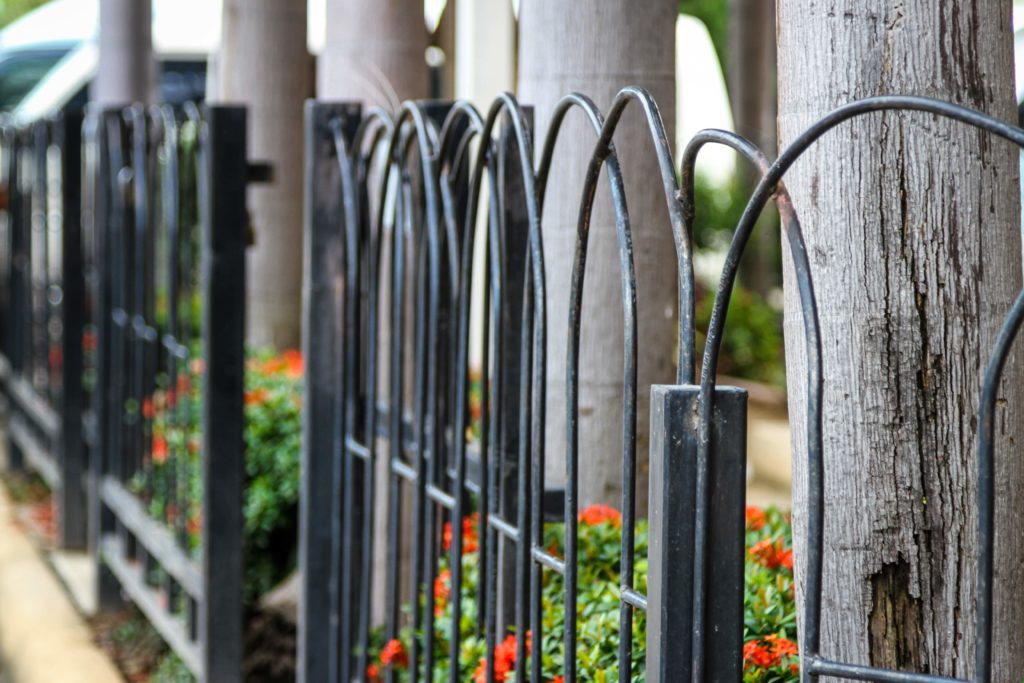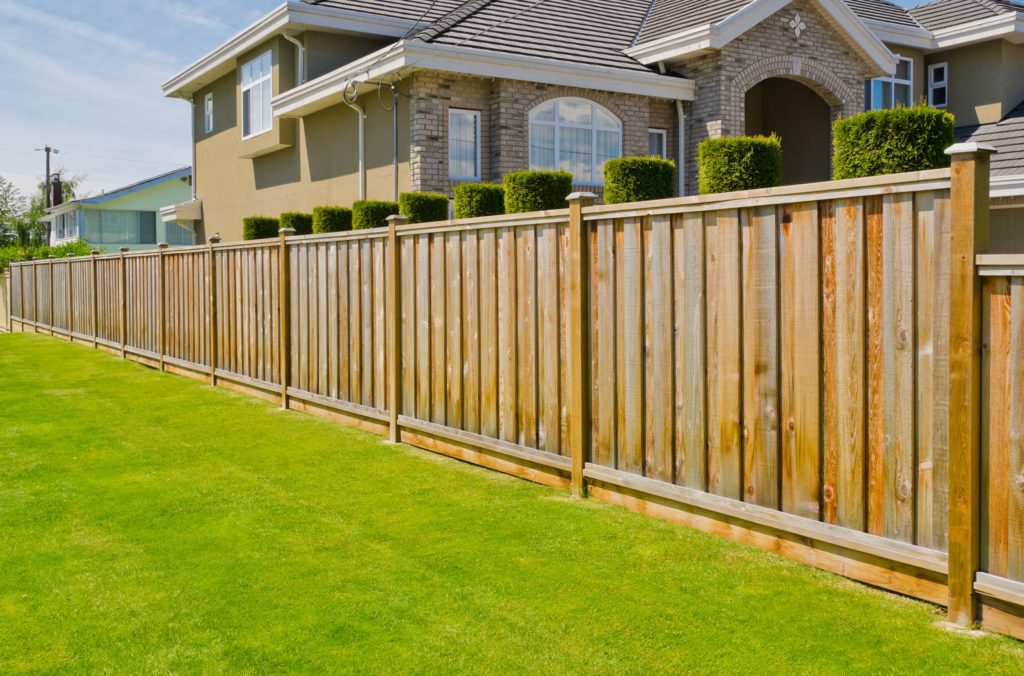 Having a fence around your home gives you a sense of home. It makes you feel safe, private, and in control, while improving your property’s curb appeal, landscape, and boundaries. Within your fence, you are the master. It’s important to choose fence designs and materials that address your requirements for:
Having a fence around your home gives you a sense of home. It makes you feel safe, private, and in control, while improving your property’s curb appeal, landscape, and boundaries. Within your fence, you are the master. It’s important to choose fence designs and materials that address your requirements for:
- Privacy and security – Fences must shield your property completely or partially from outside. These should be able to keep children and pets safe in an enclosed yard while keeping strangers and unwanted guests out.
- Aesthetics and curb appeal – Fences must factor in the basic architectural design of your home, as well as your landscape, the neighborhood and your personal preference.
- Cost – Of course, fences should be within the budget. The cheapest fence to install may not be the most economical to maintain if you consider the weather conditions in your area, or the cost per material if you want to build a more massive fence.
- Durability – Certain places may require materials that are relatively sturdier than most to withstand the elements.
When considering the material to choose for fencing, homeowners should not sacrifice one aspect for another. You need to weigh all the factors together and select a fence that serves your needs for all four elements. Companies like Family Fence Company of Florida share some of the benefits and disadvantages of each fencing material.
Aluminum – This type of material provides homeowners a unique look without the high maintenance cost associated with other materials. It does not require maintenance like yearly scraping, sanding, and iron repainting. However, it is not as sturdy as some fencing materials and may not be as secure.
Wood – Wood fencing is among the most popular across the U.S. It is easy to install, affordable, and have a beautiful and natural look. It can be built to be tall, affording homeowners with a sense of privacy. Quality is dependent on the type of wood used and in many cases, the fence can last the entire lifetime of your home. Quality and size may affect the price.

Vinyl – This is one of the fastest growing choices for fencing material. While vinyl requires a high upfront cost, it is virtually maintenance free and can last a lifetime. This fencing material does not need to be painted and repainted. It is much stronger and more flexible than other comparable types of fence. Vinyl is resistant to elements, so that it does not rust or rot. Essentially, its high initial cost is offset by the lack of maintenance costs.
Steel Chain Link – Chain link fences do not add much privacy to a home. They are cheap, durable, and require little in the way of maintenance. However, they are very open, making your home and yard visible to neighbors and passersby. You may add shrubs, flowers, vines, or privacy slats outside the fences to improve privacy.
Fences can improve the privacy, security, and appearance aspects of a home. When choosing the fence you want for your home, consider your purpose for having the fence installed and the level of privacy, security, and beauty you want. These benefits and disadvantages of every fence material will help you decide.

